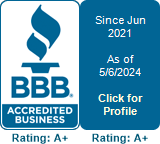While the onboarding and planning process takes about a week, the ongoing treatment timeline largely depends on the participant’s unique needs and recovery goals.
By week two, your Certified Recovery Agent (CRA) has optimized the home environment for recovery and is providing 24/7 support. As a live-in sober companion, our CRAs help identify triggers and recommend coping strategies from day one. Worried about someone living with you? We encourage you and your family to participate in the CRA selection process so you can feel confident it’s the right fit.
By day 30 of treatment, we should know which aspects of the recovery program are working and which need to be fine-tuned. At this point, our team reevaluates recovery goals and progress with the participant to make sure we’re on the right track.
How long treatment lasts depends entirely on the individual. We choose not to restrict treatment to predetermined recovery timelines because we understand that everyone recovers and heals at their own pace. Some people achieve their recovery goals in 30 days. Other people may need a year or more of daily support before they’re confident navigating sobriety on their own.
Once formal treatment ends, our team is here to help with aftercare services. In conventional rehab settings, transitioning between treatment teams presents a risky time for individuals in recovery, but because you’re working with the same team the whole time with ALYST, those risks become much lower.











